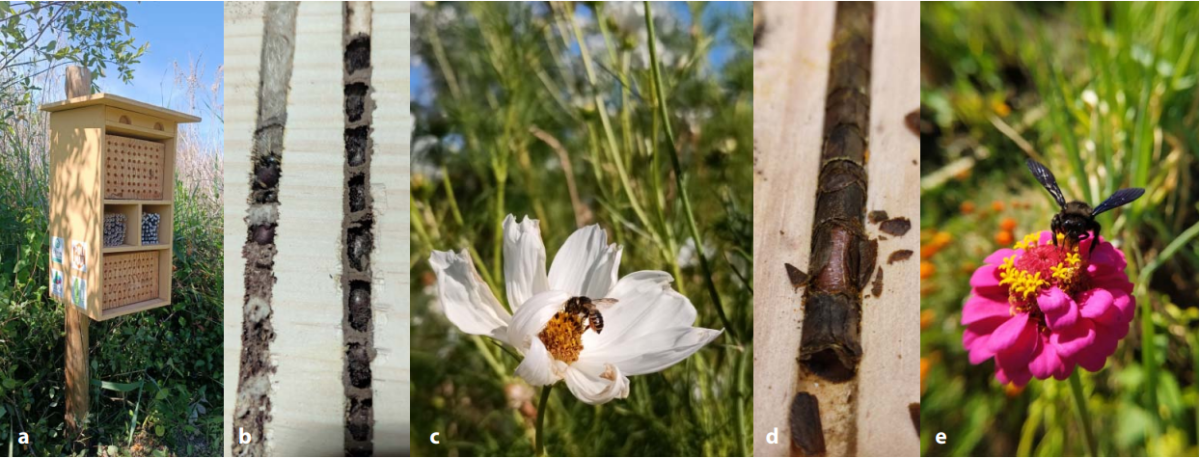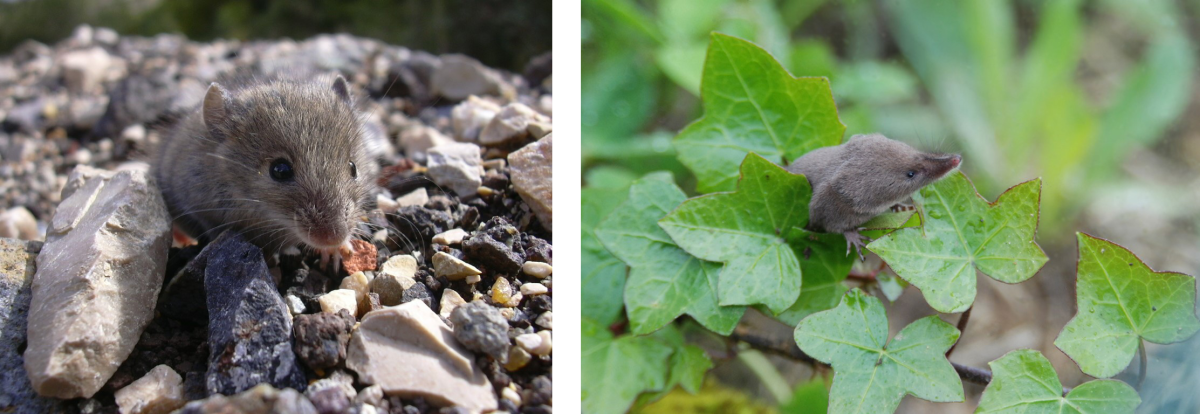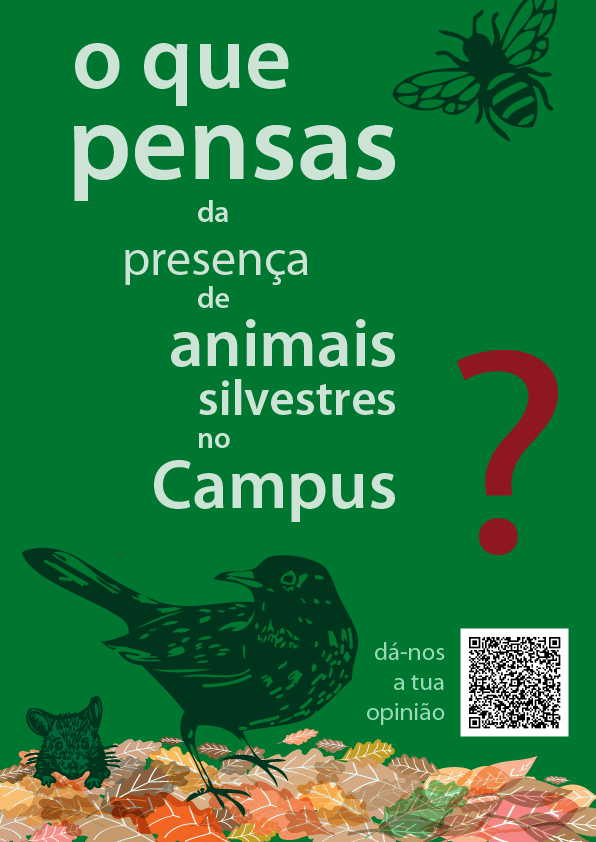
The main objective of the DOMUS project is to establish a closer relationship between the community of the University of Lisbon and the animal biodiversity found on campus. In addition, the project aims to promote awareness of the value of biodiversity and its importance in building more sustainable cities with a better quality of life.
The importance green spaces have in the maintenance and promotion of urban biodiversity, but also in the health of human populations, is today widely recognised. In addition to improving environmental conditions (by improving air quality, reducing noise and temperature), the existence of green spaces in cities promotes physical and mental comfort, relieving situations of stress, anxiety and depression, creating a sense of general satisfaction and well-being in urban populations.

a) caixa ninho para abelhas solitárias que nidificam em cavidades - projecto POLIMax; b) células nidificantes de abelhas pedreiras e cardadoras; c, d) abelha cortadora-de-folhas (Megachile sp.) e células nidificantes; e) abelha carpinteira (Xylocopa violacea).
Urban green areas are also one of the few spaces that allow us to maintain a connection with the natural world while inserted in a highly anthropogenic habitat. Although we tend to see green spaces only as places for leisure and sports, recent studies show that these spaces are home to a wide variety of animal species, being an integral and fundamental part in the maintenance of these small ecosystems and the services they provide.

Algerian mouse (Mus spretus) on the right and Greater white-toothed shrew (Crocidura russula) to the left
Although many species have adapted to life in cities and use urban structures as shelters and nesting sites, the implementation of appropriate artificial shelters increases the number of structures available in the urban environment, while also contributing to a better coexistence between human populations and wildlife. The installation of these structures, especially when monitored by webcams, also allows to establish a closer relationship between citizens and wildlife, by giving access to aspects of their lives that would otherwise be inaccessible to us.
The DOMUS project arose as a logical step after the biodiversity survey of the FCUL campus, carried by the +Biodiversidade@Ciências project. With DOMUS, we intend to provide a closer look into the lives of some of the animal species found on the campus, while simultaneously fostering their presence. To achieve this, we will install shelters and monitoring stations for pollinators, passerines, bats, and other small mammals in the green areas of the campus. The installation of these structures will allow us to observe and record less visible behaviors and aspects of their daily lives, as well as the detection of more elusive species (e.g. shrews and dormice) through non-invasive methods and without the need to resort to their capture. Through the dissemination of the images obtained and environmental education activities, the project aims to foster a relationship of greater proximity and empathy between wildlife and the community of the University of Lisbon and all citizens that benefit from it. We hope to contribute to the appreciation of the importance of biodiversity and the associated ecosystem services it provides for urban sustainability. We believe that only after we recognise the value of biodiversity can we promote its protection.
Coordinator: Ana Mota Cerveira
Members of the project: Miguel Azevedo, Ana Rainho, Ana Leal, Teresa Rebelo, Flávio Oliveira, Guilherme Aparício, Sophie von Merten, Conceição Forte, Francisco Oliveira
For more information, please contact sustentabilidade@ciencias.ulisboa.pt.


